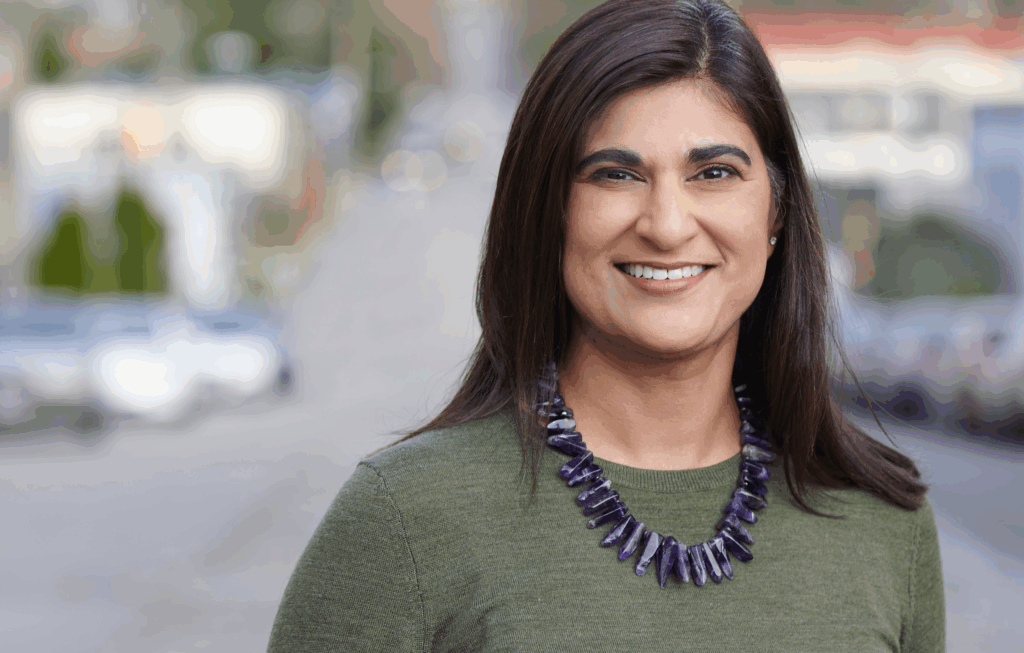B.C. has more family doctors with new payment model, but issues still need addressing

Dr. Tahmeena Ali
Two years ago, I thought about hanging a sign on my clinic saying “closed for good.” After more than 20 years in family medicine, I was at my breaking point. And I wasn’t alone. B.C. was facing a severe shortage of family doctors, with clinics closing due to unsustainable working conditions. Almost a million British Columbians were without a family doctor. Today, I’m happy to report that not only is my clinic still open, but I’ve also recruited two new doctors to ensure my patients are taken care of when I’m away. So, what changed?
I love family medicine because of the deep relationships I build with my patients. Every day is different. I get to see everyone, from newborns to seniors, and I support families through both happy and tough times. Building long-term relationships and getting to know patients is the joy and magic of family medicine.
But under the old fee-for-service family doctor payment model, I was drowning. Stressed and underpaid, with a lot of unpaid work adding to my burden, I didn’t have time to care for my patients the way they deserved. High-functioning, well-funded family medical clinics are the backbone of our health system, but the old family doctor payment model made this impossible to achieve.
B.C.’s new family doctor payment model has kept me in the game.
The new Longitudinal Family Physician (LFP) Payment Model, introduced February 2023, makes things much simpler. I’m not spending as much time on billing and my staff don’t have to keep track of countless billing codes. Now I have time to do proactive chart reviews, reminding patients about upcoming screenings and check-ups before they come in. I can also bill for indirect patient care activities, like talking to families or teachers and school counselors, people who with key information to help my patient. More than 4,000 family physicians are using the new payment system, marking a big change in our healthcare system.
Thanks to the new payment model, B.C. has over 800 new family physicians, making us one of the only provinces that isn’t losing family doctors. Two hundred thousand more British Columbians now have a family doctor, showing the new payment model’s success in attracting and retaining doctors. There’s hope for the future too – the family doctor residency program at the University of British Columbia was full this year, unlike other Canadian residency programs with empty spots.
The LFP Payment Model isn’t perfect. It doesn’t fully support team-based care, and while urban doctors have seen benefits, many rural doctors haven’t had the same experience. I still spend a lot of time on administrative busy work which could be automated with better support from the government and improved electronic medical record (EMR) systems. Streamlining these processes would free up more time for patient care. I’d much rather spend time seeing patients than doing paperwork. The LFP Payment Model is a step in the right direction, but it’s just the beginning.
Primary care in B.C. is a lot like a forest recovering from wildfire. The burning has stopped, but it will take years for new growth to emerge. More work is needed, especially in supporting team-based care and reducing administrative burdens that take doctors away from patients. By tackling these challenges, we can build a primary care system that supports doctors and patients.
Dr. Tahmeena Ali is a Surrey-based family doctor and the past-president of BC Family Doctors.